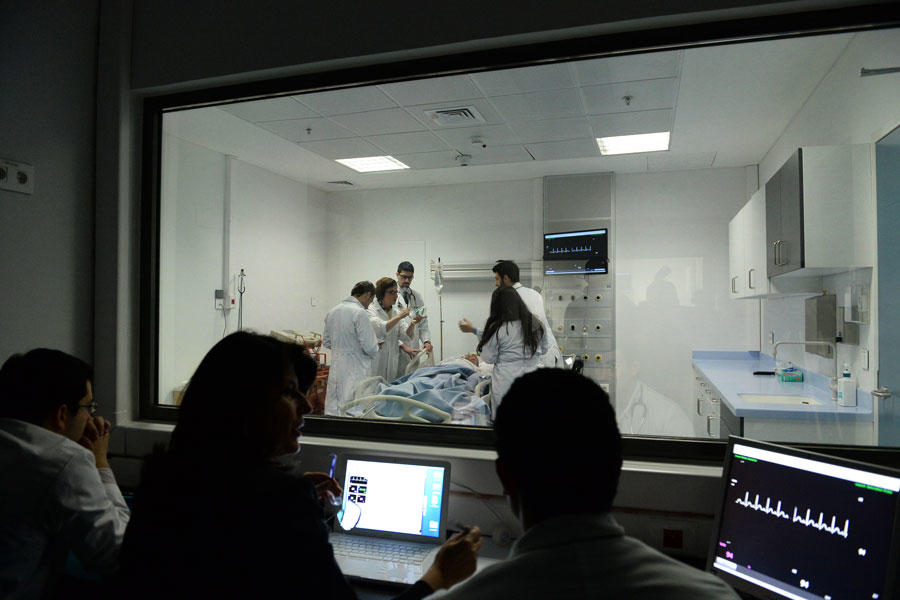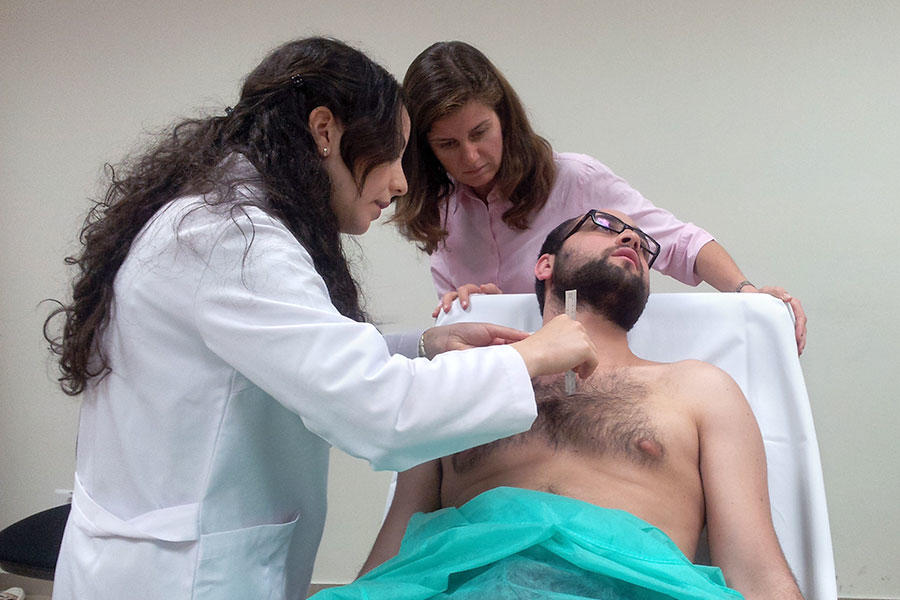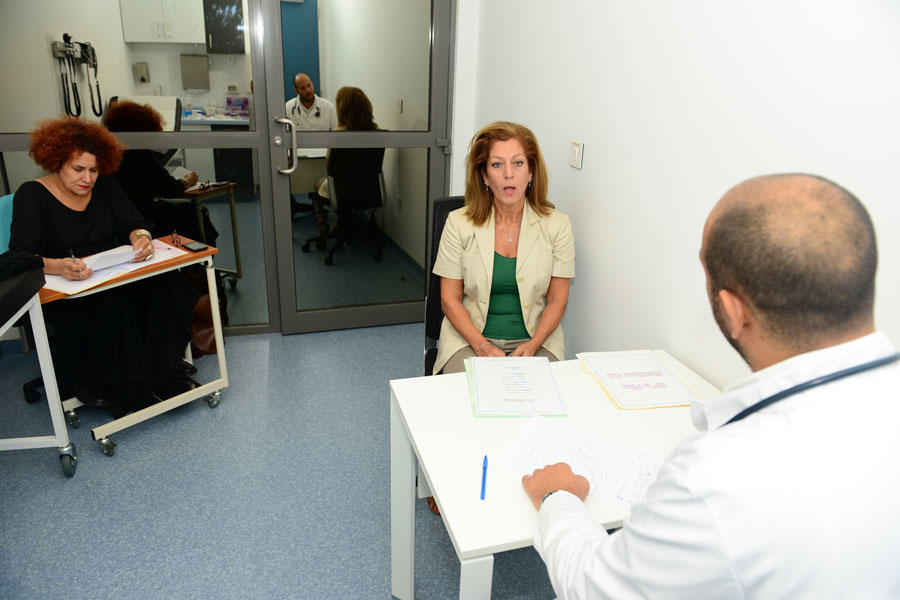Educational Programs
The Clinical Simulation Program teaches aspiring doctors, nurses and pharmacists new medical techniques using interaction with standardized patients and simulation exercises, such as practice on mannequins and other training devices, with the aim of promoting safe and effective patient care and advancing science. The LAU Clinical Simulation Center (LAU-CSC) offers an array of educational tools to support healthcare students in their learning journey.
Clinical Simulation Sessions
The LAU-CSC offers a variety of simulation methodologies that can be used to educate and train participants. This includes high and low-fidelity manikins, virtual environments, and unfolding video case simulations.
Most simulation sessions follow a similar design. Participants usually perform pre-work or preparation learning before starting a simulation session. This is followed by the implementation of the simulation session and a debriefing session.
Debriefings are generally conducted as a reflective learning experience in which participants review and discuss their performance during the simulation session and receive additional feedback from the session’s facilitator.
Standardized Patient Programs
Clinical simulation often involves the use of “standardized patients” (SP), who are healthy people trained to portray the personal history, physical symptoms, emotional characteristics and everyday concerns of actual patients.
The use of SP is a dynamic educational tool adopted in a variety of settings such as interactive teaching environments, group demonstrations and clinical examinations. An SP is trained to provide constructive feedback from the patient’s unique perspective to learners in all training levels.
The LAU-CSC boasts a pool of 30 well-trained SPs, who receive a two-part training. First, a faculty member from the medical field trains them on the health conditions they will depict. Second, a drama faculty member from LAU’s School of Arts and Sciences coaches them on realistically portraying the medical conditions they are about to exhibit.
SPs also participate in a special type of student evaluation called Objective Structured Clinical Examination (OSCE). The OSCE is a performance- based examination in which examinees are observed and scored as they rotate around a series of stations according to a set plan or a map.
Each station focuses on an element of clinical competence and the learner’s performance with a real patient, an SP, a manikin or virtual patient investigations are assessed by an examiner.
The OSCE has been widely adopted as the recommended approach to the assessment of clinical competence in different phases of education, in different specialties and in different areas of the world. It has been recognized as the gold standard for performance assessment and its impact on medical education has been tremendous.




